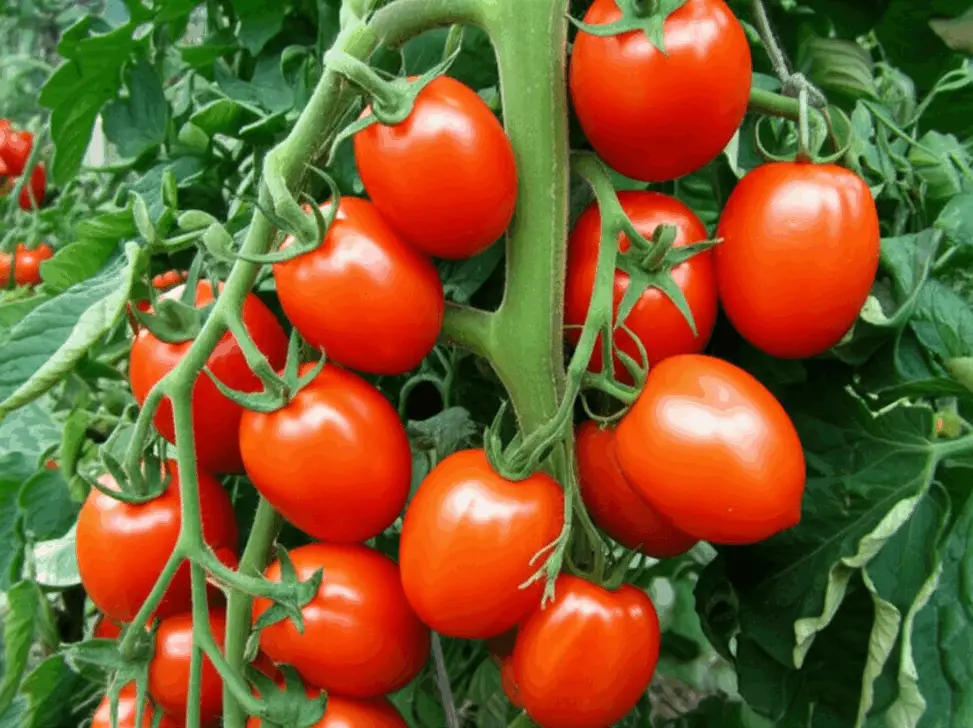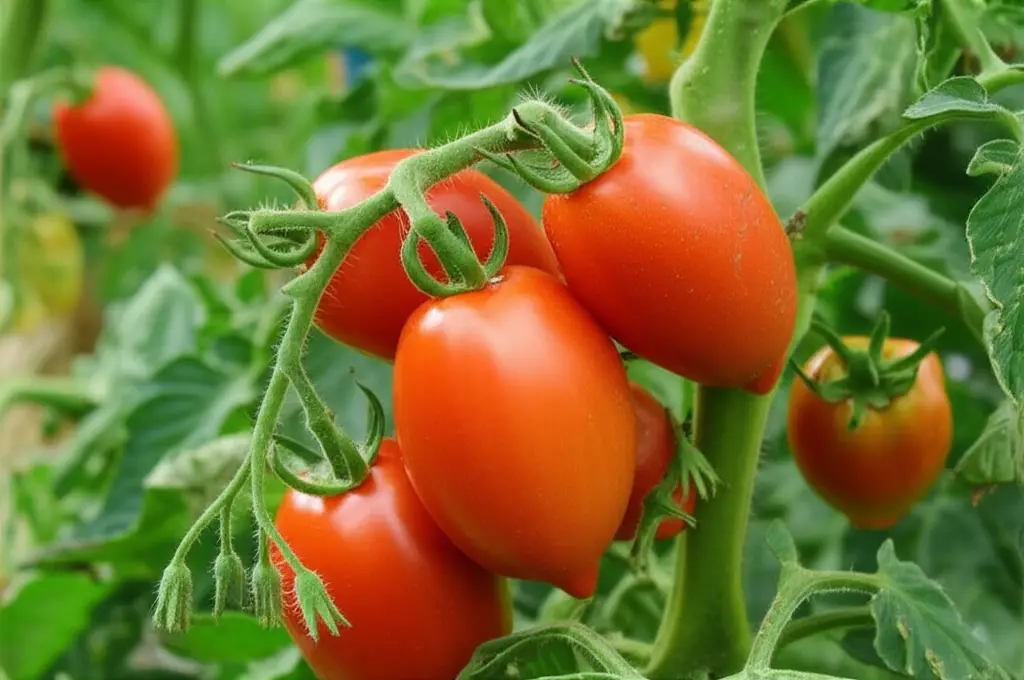Understanding the factors that influence Roma tomato yield is crucial for maximizing your harvest. This comprehensive guide explores everything from planting techniques to pest control, helping you achieve a bountiful crop of delicious Roma tomatoes.

Roma tomatoes are a garden favorite, prized for their meaty texture and rich flavor, perfect for sauces and canning. But how many tomatoes can you expect from each plant? This article delves into the factors affecting Roma tomato yield and provides practical tips to boost your harvest.
JUMP TO TOPIC
Understanding Roma Tomato Yield
Roma tomatoes, known for their elongated shape and low water content, are a popular choice for home gardeners. A typical Roma tomato plant can yield anywhere from 20 to over 100 tomatoes, depending on various factors. This variability highlights the importance of understanding and optimizing growing conditions.
Factors Influencing Roma Tomato Production
Several key factors can significantly impact how many Roma tomatoes a single plant produces:
Variety: While all are classified as Roma tomatoes, specific varieties may have different yield potentials. Some are bred for higher yields, while others might prioritize disease resistance or other characteristics. Researching specific varieties before planting is crucial.
Climate and Sunlight: Roma tomatoes thrive in warm weather with ample sunlight. Aim for at least 6-8 hours of direct sunlight daily. Insufficient sunlight can lead to reduced fruit production. Locations with longer growing seasons will naturally yield more tomatoes.
Soil Quality and Nutrients: Rich, well-draining soil with a pH between 6.0 and 7.0 is ideal for Roma tomatoes. A soil test can help determine deficiencies and guide appropriate fertilization. Nutrient deficiencies can significantly limit yield.
Watering: Consistent and adequate watering is essential, especially during fruit development. Inconsistent watering can lead to blossom-end rot and reduced yield. Avoid overwatering, which can lead to root diseases.
Spacing and Support: Proper spacing between plants (2-3 feet apart) allows for adequate airflow and sunlight penetration. Supporting the plants with stakes or cages prevents the branches from breaking under the weight of the fruit and improves air circulation.
Pest and Disease Management: Pests and diseases can devastate a tomato crop, impacting yield. Regular monitoring and implementing appropriate control measures are vital for a healthy and productive harvest.
Pruning: Pruning suckers (the small shoots that grow between the main stem and branches) can help redirect energy to fruit production, leading to a higher yield of larger tomatoes.
Maximizing Your Roma Tomato Yield: Tips and Techniques
Boost your Roma tomato harvest with these practical strategies:
Start Seeds Indoors: Starting seeds indoors 6-8 weeks before the last expected frost allows for a longer growing season, resulting in a higher overall yield.
Choose the Right Fertilizer: A balanced fertilizer specifically formulated for tomatoes, rich in nitrogen, phosphorus, and potassium, will promote healthy growth and fruit production.
Mulch Around Plants: Mulching helps retain soil moisture, suppress weeds, and regulate soil temperature, all contributing to better yields.
Practice Crop Rotation: Rotating your tomato crop with other vegetables every year helps prevent soil-borne diseases and nutrient depletion, promoting healthier plants and better yields in the long run.
Monitor for Pests and Diseases: Regularly inspect your plants for signs of pests or diseases. Early detection and treatment are crucial for preventing significant yield loss.
The Old Farmer’s Almanac: Growing Tomatoes
FAQs: Roma Tomato Yield
Q: How many Roma tomatoes does a plant produce per week?
A: The weekly yield varies depending on the plant’s maturity and growing conditions. During peak season, a healthy plant can produce several tomatoes per week.
Q: How can I increase the size of my Roma tomatoes?
A: Ensure adequate sunlight, water, and nutrients. Pruning suckers can also help redirect energy towards fruit development, resulting in larger tomatoes.
Q: Why are my Roma tomato plants producing small fruit?
A: Several factors can contribute to small fruit size, including inadequate sunlight, nutrient deficiencies, inconsistent watering, or pest and disease issues.
Q: When do Roma tomatoes stop producing?
A: Roma tomatoes typically produce until the first frost. In warmer climates, they may continue producing throughout the year.
Q: What’s the best way to store Roma tomatoes?
A: Store ripe Roma tomatoes at room temperature away from direct sunlight. For longer storage, they can be canned, frozen, or sun-dried.
Conclusion
Achieving a bountiful harvest of Roma tomatoes requires a combination of factors, including appropriate variety selection, optimal growing conditions, and diligent care. By understanding the factors that influence Roma tomato yield and implementing the tips provided in this guide, you can maximize your harvest and enjoy an abundance of these flavorful tomatoes throughout the season. Remember to regularly monitor your plants, address any issues promptly, and adapt your approach based on your specific environment and circumstances. With a little effort, you’ll be well on your way to enjoying a plentiful supply of delicious, homegrown Roma tomatoes.

